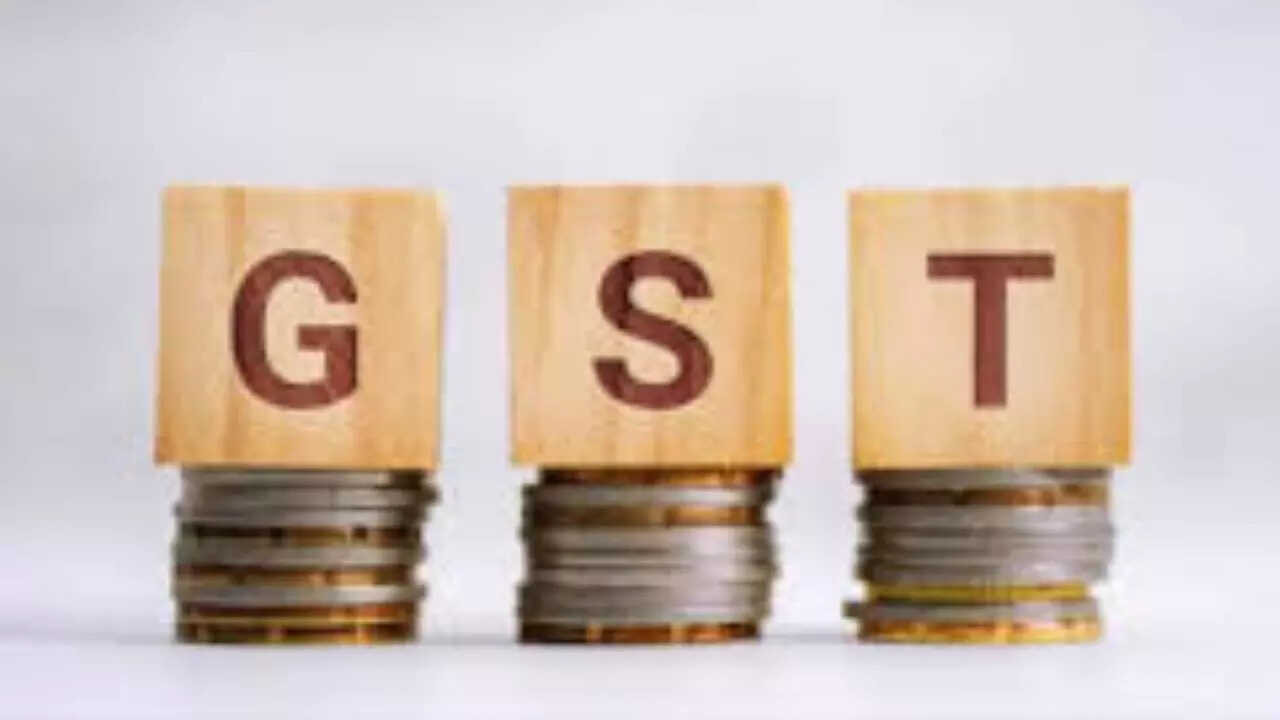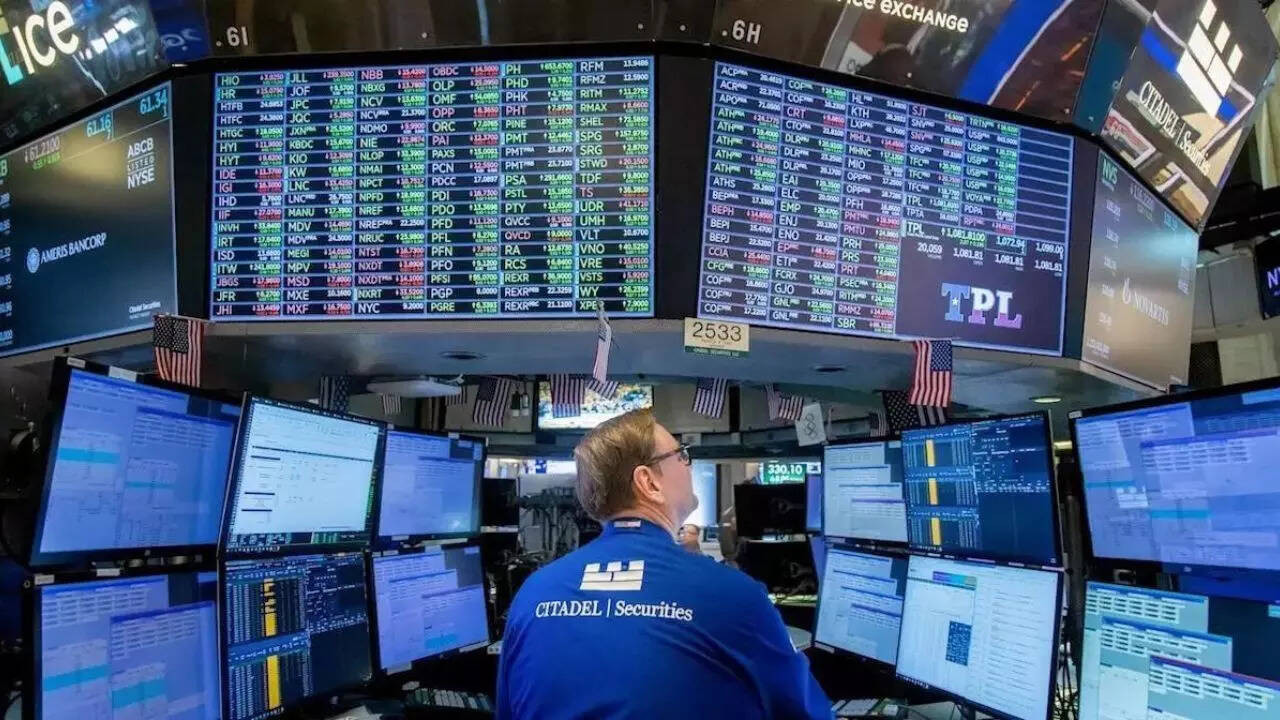Riding the Wave: How India’s Economy is Defying Global Headwinds
India’s economic engine is humming along nicely, thank you very much. As we cruise into the second half of fiscal year 2026, the Finance Ministry is radiating a quiet confidence, fueled by robust GST collections and a surprisingly resilient domestic demand that seems determined to shrug off the gloomy forecasts emanating from the global stage. The story unfolding isn’t one of unbridled optimism, but rather a narrative of cautious progress, strategic reforms, and a determination to navigate choppy waters with a steady hand.
The buzzword circulating through economic circles these days is “consumption.” And for good reason. The Finance Ministry is pointing to the transformative impact of GST reforms as a key driver behind this sustained consumption boom. It’s not just about simplification; it’s about bringing more businesses into the formal economy, widening the tax base, and ultimately, putting more spending power in the hands of consumers. This virtuous cycle is proving to be a potent force in propelling India’s economic momentum forward.
<img src="image-of-indian-marketplace.jpg" alt="A vibrant Indian marketplace showcasing the strong demand driving the Indian economy.”/>
But let’s not pretend it’s all sunshine and roses. The global landscape remains fraught with peril. Geopolitical tensions, inflationary pressures, and the ever-present threat of a slowdown in major economies continue to cast a long shadow. The Ministry acknowledges these risks, but their assessment suggests a degree of insulation, built upon the foundation of a strong internal market and strategic policy interventions.
Decoding the Demand: What’s Driving India’s Economic Engine?
So, what exactly is fueling this robust demand? Several factors appear to be at play. Firstly, a growing middle class with rising disposable incomes is increasingly eager to spend. From electronics and automobiles to travel and entertainment, aspirational consumption is on the rise. Secondly, government initiatives focused on infrastructure development and social welfare programs are injecting significant capital into the economy, creating jobs and stimulating demand in both urban and rural areas. These investments are paying dividends, strengthening the foundations of the Indian economy.
And let’s not forget the role of the informal sector. While often overlooked in official statistics, this vast network of small businesses and entrepreneurs plays a crucial role in generating employment and driving economic activity, particularly in rural and semi-urban areas. The GST reforms, while primarily targeting the formal sector, are also having a gradual trickle-down effect, encouraging greater formalization and integration of the informal economy.
Navigating the Global Storm: Can India Maintain its Course?
The big question, of course, is whether India can sustain this momentum in the face of mounting global headwinds. The Finance Ministry’s assessment suggests a nuanced approach, balancing optimism with pragmatism. They are closely monitoring global developments and stand ready to implement further policy measures to mitigate potential risks. This proactive stance is a key ingredient in ensuring the long-term stability of the Indian economy.
One area of particular focus is exports. While domestic demand remains strong, India cannot afford to ignore the global market. Efforts are underway to diversify export markets, enhance competitiveness, and leverage free trade agreements to boost export performance. Investment in infrastructure, particularly ports and logistics, is also crucial to facilitate smoother trade flows and reduce transaction costs.
GST: The Unsung Hero of India’s Economic Resilience?
The significance of GST reform cannot be overstated. It’s not merely a tax reform; it’s a fundamental shift in the way India does business. By creating a unified national market, GST has eliminated cascading taxes, reduced compliance costs, and improved efficiency. This has had a positive ripple effect across the entire economy, boosting investment, enhancing competitiveness, and ultimately, driving consumption. You can also see how related reforms, such as initiatives to boost digital payments, are supporting economic growth.
Looking ahead, the government is likely to continue its focus on structural reforms, infrastructure development, and fiscal consolidation. The aim is to create a stable and predictable economic environment that encourages both domestic and foreign investment. While challenges remain, the overall outlook for the Indian economy appears positive.
In conclusion, while the global economy faces turbulent times, India’s resilience shines through. Supported by strategic reforms like GST and strong domestic demand, the nation is navigating these challenges with cautious optimism. The path forward requires vigilance and proactive policies, but the underlying strength of the Indian economy suggests it is well-positioned to weather the storm and continue on its trajectory of growth.






